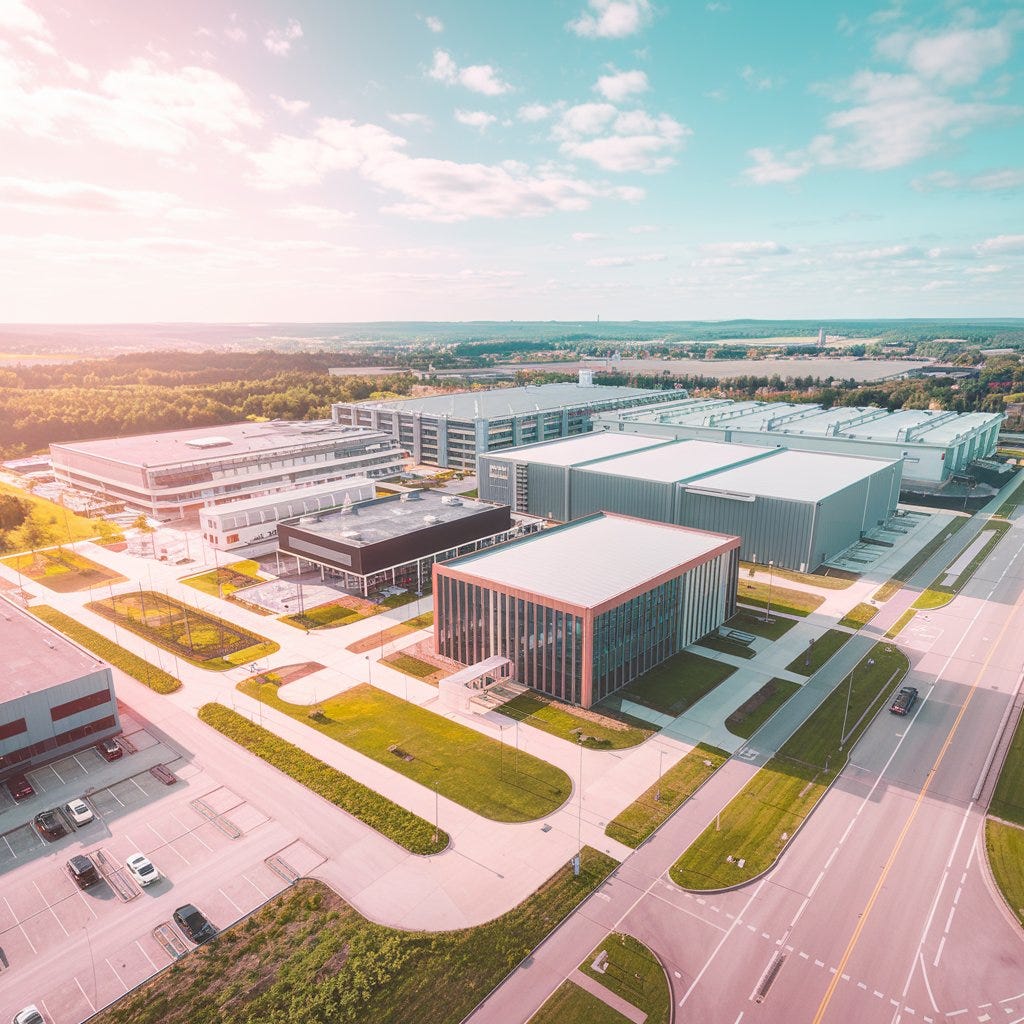The Nordics’ Quiet Revolution: Turning Server Heat into City-Scale Warmth
Data centers are consuming more power than ever but in Finland, Sweden, and Norway, they’re becoming part of the solution. Here’s how server heat is now warming 100,000+ homes.
Welcome to Global Data Center Hub. Join 1000+ investors, operators, and innovators reading to stay ahead of the latest trends in the data center sector in developed and emerging markets globally.
When Compute Meets Community
As AI pushes data center energy demand into uncharted territory, one region is quietly rewriting the rules.
In the Nordics, waste heat from data centers is no longer just a byproduct, it’s becoming a strategic input for public infrastructure.
Finland, Sweden, and Norway are demonstrating that the same heat driving GPUs can also heat cities.
And the results are astonishing:
Espoo, Finland: Microsoft’s data center will heat 100,000 homes
Oslo, Norway: STACK Infrastructure is already heating 5,000 homes
Stockholm, Sweden: Recovered server heat warms 30,000 apartments
Why the Nordics Lead
Three factors give the region an edge:
1. Cold Climate
Less energy is needed to cool IT equipment, improving baseline efficiency.
2. Renewable Energy
Hydropower, wind, and nuclear dominate, making the electricity behind servers cleaner from the start.
3. District Heating Infrastructure
Cities like Stockholm have thousands of kilometers of pipes that make it possible to reuse heat at scale.
How the System Works
The transformation from server exhaust to civic energy is both simple and brilliant:
Liquid Cooling captures 90–95% of data center heat
Industrial Heat Pumps raise temperatures to 80–115°C
District Heating Networks distribute that heat to homes and buildings
The result? Waste becomes warmth, without added emissions.
And this process reduces the cooling costs for data center operators, while potentially creating new revenue from heat sales.
A Playbook for Circular AI Infrastructure
This model isn’t just good PR. It’s a blueprint for climate-aligned compute:
Meet rising AI energy demand
Minimize emissions
Serve communities
Optimize energy use
Reduce grid strain
And unlike solar panels or hydrogen dreams, this is already working at scale.
What’s Next?
With AI workloads set to double data center electricity use by 2030, circular energy models will become essential.
But there are challenges:
Data centers are often built far from cities
Retrofitting older facilities is expensive
Not all regions have district heating networks
Still, as climate and compute collide, this kind of integrated infrastructure will move from nice-to-have to non-negotiable.
Bottom Line:
The Nordics are proving that we don’t have to choose between digital growth and environmental responsibility.
In the era of AI, the biggest infrastructure edge may not be more chips but what you do with the waste.
One More Thing
I publish daily on data center investing, AI infrastructure, and the trends reshaping global data center markets.
Join 1000+ investors, operators, and innovators getting fresh insights every day and upgrade anytime to unlock premium research trusted by leading investors and developers.

